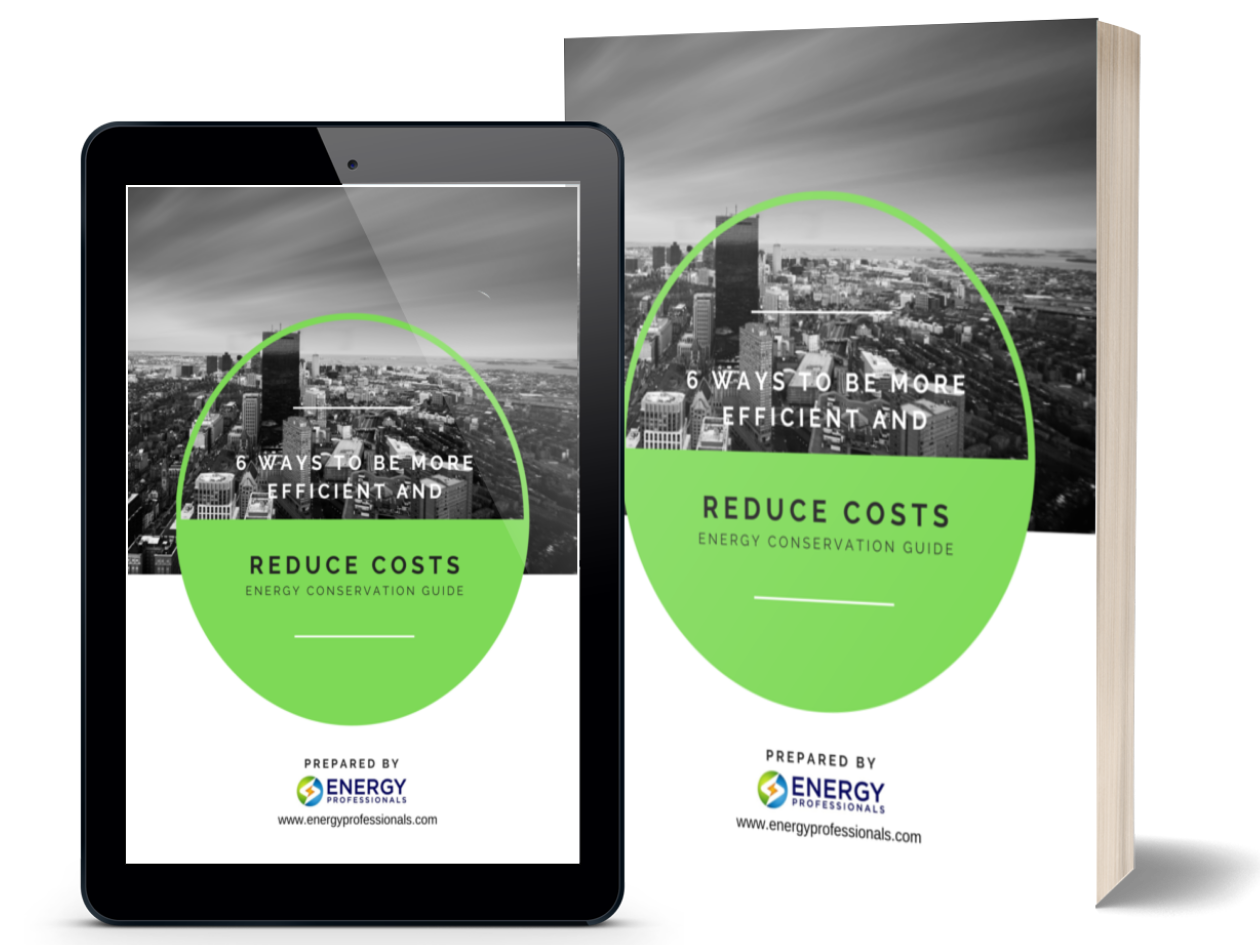Natural Gas’s Fall Low May Be Last Opportunity to Hedge Cost of Gas & Electricity Before Expected Higher Prices in December
In my October 11th Energy Update, I explained why the mild weather forecasted by NOAA the following 2 weeks could

In my October 11th Energy Update, I explained why the mild weather forecasted by NOAA the following 2 weeks could
In my October 11th Energy Update, I explained why the mild weather forecasted by NOAA the following 2 weeks could present hedgers with an excellent hedging opportunity before the winter heating season. And as you can see in the chart below, Natural Gas appears to be starting its decline into what I believe would be an important fall low and your last opportunity to secure hedges before Natural Gas likely rallies to a new yearly high in December:
In today’s report I will explain why based on past hedging patterns we may experience one of three scenarios:
Pre-winter hedging patterns form based on the potential risks anticipated for the winter heating season. In my October 11th Energy Update, I pointed out since 2000, there were four years similar to this year. In 2000, 2002, 2005 and 2013, Natural Gas rallied into the fall from lower prices, and in each case, Natural Gas pulled back prior to rallying to a new high in December.
As I wrote in my last report, Europe is entering the winter heating season with their Natural Gas inventories at very low levels, and the market has factored in the risk prices would skyrocket it we experience a colder than normal winter, which is why Natural Gas rallied into October. But it was too early for the market to know for sure it would happen; therefore, a pullback near the end of October was not surprising, but after reaching its fall low as we move closer to the winter hedgers will likely reenter and push the market to new highs in December.
Based on what took place in 2000, 2002, 2005 and 2013, the fall low will likely occur in the first half of November before rallying to new yearly highs in December, and the direction of prices thereafter will be determined by the severity of this year’s winter.
The charts for 2000, 2002, 2005 and 2013 might be a preview what we will experience this year:
As you can see below, In 2000, after reaching its fall low on Oct 31st, Natural Gas rallied to a much higher yearly high in December. But the winter of 2000/01 was milder than normal, and prices declined in the first quarter of 2001.
In 2005, we have a second example of the mild winter scenario. After reaching its fall low on Nov 7th, Natural Gas rallied to a slightly higher yearly high in December, but similar to 2000/01, the winter of 2005/06 was milder than normal, and prices declined in the first quarter of 2001.
In 2002, after reaching its fall low on Nov 13th, Natural Gas rallied to a much higher yearly high in December, but the winter of 2002/03 was colder than normal, and prices skyrocketed in the first quarter of 2003
In 2013, we have our second example of the cold winter scenario. after reaching its fall low on Nov 5th, Natural Gas rallied to a much higher yearly high in December, and the winter of 2013/14 was colder than normal due to a Polar Vortex, and prices skyrocketed in the first quarter of 2014.
Therefore, based on these four charts, what may happen this year?
Therefore, if you delayed securing hedges hoping for lower prices, I hope this report helps you appreciate the wisdom of protecting yourself against the likelihood of higher prices not only near-term, but most importantly long-term.
As I wrote in previous reports, this year’s rally was primarily due to the Biden’s administration’s restrictive energy policies and fear of inflation in the U.S., along with a 10-year low in Europe’s Natural Gas supplies caused by their green energy policies, and my concern is the polices leading to today’s high prices are not abating, they are becoming more entrenched here and abroad.
No one knows for sure where Natural Gas and Electricity prices will be over the next 6-months, but three years from now you may look back and realize there was only one cost of doing business you could have stopped increasing, your cost of energy for Natural Gas and Electricity.
Not every client’s risk tolerance and hedging strategy is the same, but the above report will help you put into perspective the risk/reward opportunities. I invite you to call one of our energy analysts to help you plan a hedging strategy appropriate for your situation.
Written by
Ray Franklin
Energy Professionals
Senior Commodity Analyst


Don't have one? You can get one by calling us at 855-4-PKIOSK.
Energy Professionals is committed to finding its customers the best possible rates on electricity and natural gas. Tell us your location and service type and our energy manager will connect you to the most competitive offers.
Switching to an alternate supplier is easy. There is no chance of service disruption, and you'll continue with your current utility for energy delivery and emergency service. Take a few minutes to discover your best offers, and enjoy the benefits of retail energy in your home or business.
1. Energy Type
2. Service Type
3. Zip Code
4.Local Company
5.Zone
We believe that knowledge is power. Here’s a free e-book that provides business solutions to reducing energy costs.
Download E-Book Free Energy Audit




